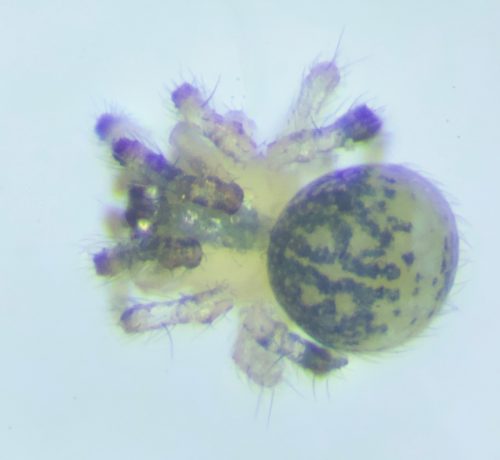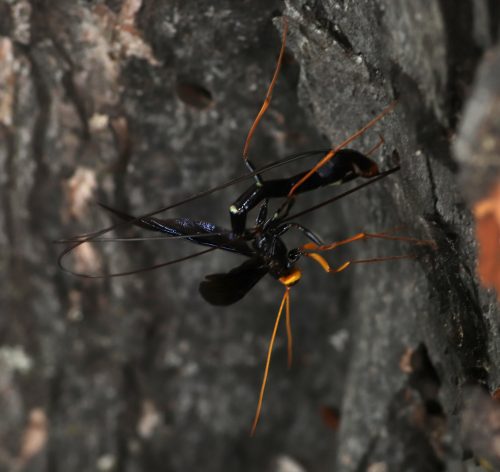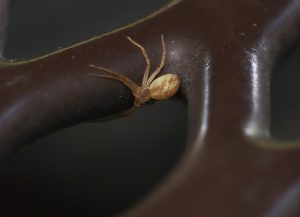My spider family is going mad, spewing baby spiderlings everywhere. I came into the lab today just to maintain and feed the several hundred hatchlings I’d acquired over the past few days, and what do I find? Another egg sac has opened up, and another hundred or more babies are begging for attention.
Yeah, yeah, I was a responsible parent, and I separated out as many as I could and put them into nice clean vials. I’m reaching capacity, though. This means I have about 300+, maybe as many as 400, itty bitty Parasteatoda offspring in my lab, packed into two incubators. Looking ahead optimistically, I can maybe accommodate 60 adults in the lab, if I pair up males and females. It feels weird to say it, but I’m good if I have 80% mortality in the babes.
I suppose if they thrive I can just turn the majority loose in my basement.







